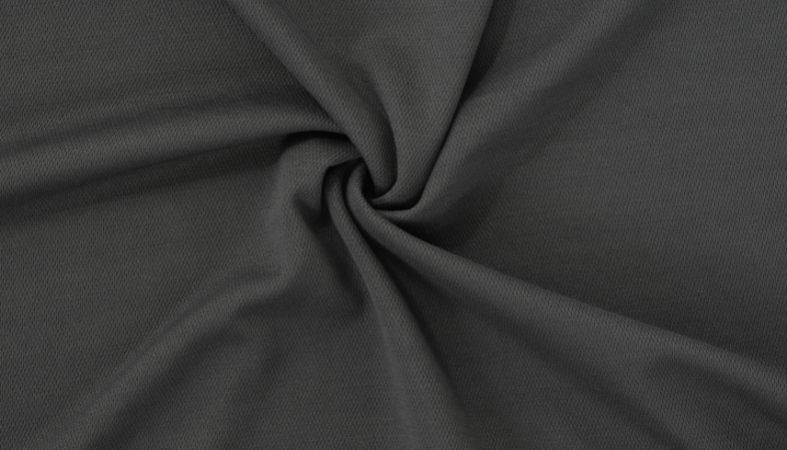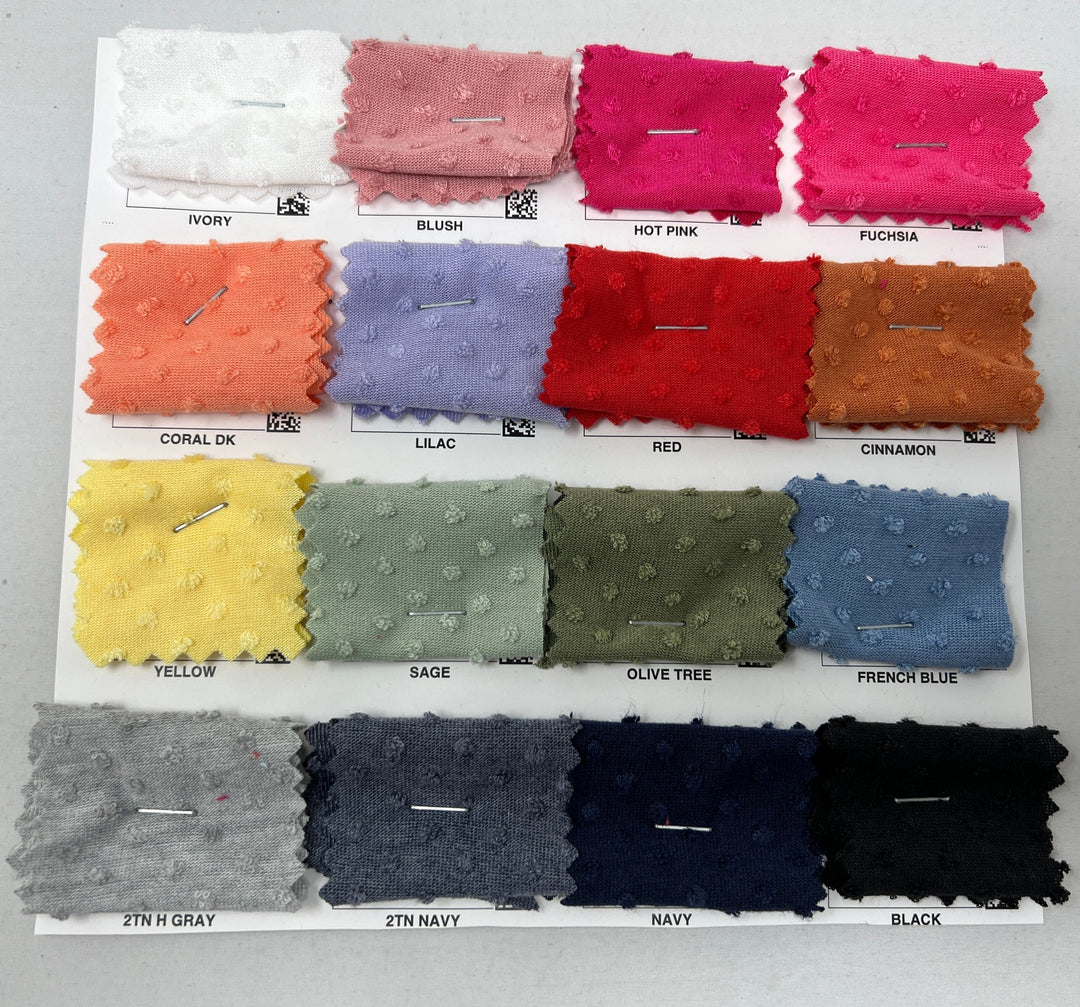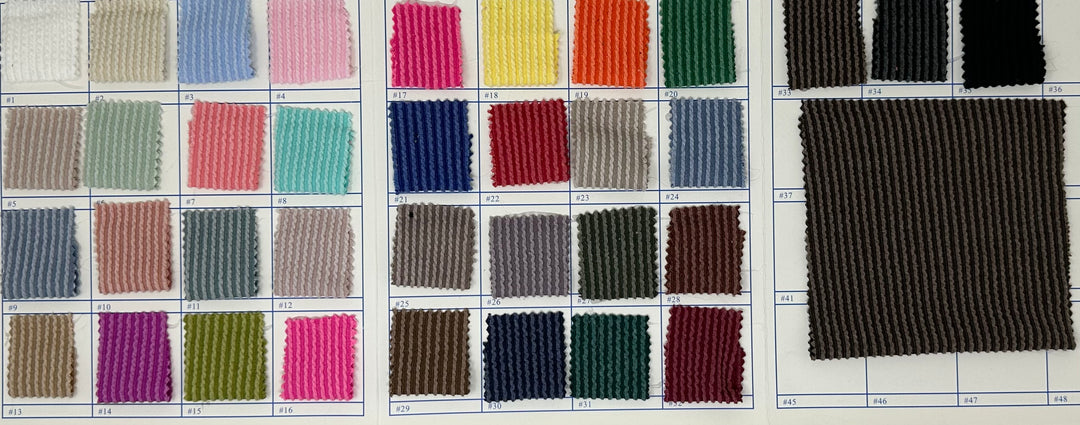What Is Wicking Fabric? Everything You Need To Know


A form of high-tech polyester, moisture-wicking is a process incorporated into many garments in order to absorb and move moisture from your skin. The moisture-wicking process contains two parts. First, the moisture-wicking transfers sweat away from the skin and up to the top layer of the fabric. The second is then drying out the sweat so that the fabric doesn’t become soaked with moisture. Still, even though you now know the function, you’re probably asking what wicking fabric is. Here’s everything you need to know.
Moisture-Wicking Fabrics
Fabrics that are conducive to moisture-wicking may be more familiar than you’d think but shouldn’t be confused with solely breathable fabrics. Some of the best moisture-wicking fabrics include:
- Polyester – A synthetic blend that is one of the most reliable moisture-wicking fabrics available. To get the best results, however, polyester should be blended with other materials to create athletic wear that is light, breathable, and moisture-wicking. The only downside is that odors tend to linger if you’ve been sweating all day in it.
- Polypropylene – A thermoplastic polymer much like polyester, polypropylene is an effective wicking fabric that, unlike polyester, is capable of drying quickly. Furthermore, rather than being ideal for light athletic wear, polypropylene is regarded for its thermal properties and thus is ideal for clothing that retains heat when in colder climates. Unfortunately, while an effective fabric for winter wear, polypropylene is not the most comfortable fabric to wear.
- Wool – For something a bit on the natural side, wool is a fiber that has proven to be a great moisture-wicking fabric. Unlike polypropylene, wool is both a wicking fabric and much softer and more comfortable to wear against your skin. The compromise with this, as opposed to synthetic fabrics, is that wool is simply not as durable.
- Merino Wool – Named after the sheep the wool is grown from, merino wool is naturally thinner and softer than regular wool. It also possesses the unique trait of naturally absorbing odor caused by bacteria, thus trapping the smell and preventing it from building up for much longer than other fabrics.
- Nylon – While of course effective, nylon is a stretchy and light fabric that is another popular material in the world of workout wear. This is the direct answer to polypropylene by being able to dry out just as quickly but lacks the thermal properties that would constrict the fabric to winter-wear solely. As an additional bonus, nylon is especially effective at resisting mildew.
- Spandex – Also known as cotton lycra knit fabric, Spandex is typically used because of its ability to stretch and retain its shape. Although maybe not the perfect moisture-wicking fabric, Spandex provides a happy balance between moisture-wicking and breathability that provides comfortable athletic clothing.
How Moisture-Wicking Works
The next part of answering the question “What is wicking fabric?” is explaining how the process works. The two primary properties that help determine the moisture-wicking properties of a fabric are capillary pressure and permeability.
Capillary pressure is the force responsible for the movement of moisture as it is pulled away from your skin through the fabric to the top layer. This is caused by the force of surface tension between the liquid and the walls of a narrow gap or pore within the fabric. This is meant to overcome the forces between the molecules in the liquid so that it moves into empty gaps until the force evens out.
Permeability, however, is a measurement of a fabric’s ability to transport moisture through itself, determined by the sizes of spaces within the fabric. The tighter the fabric is connected, the smaller the gaps liquids have to move through, and thus won’t move through the fabric as quickly or easily as looser or more sheer fabrics.
A few minor properties that are worth noting in how well a fabric wicks moisture include:
- Yarn Twist – How threads in a fabric turn around each other.
- Contact Angle – The contact between the fabric and the liquid.
- Knit and Weave - How the fabric constructs the overall garment.
- Yarn Roughness – The measure of a fabric surface’s texture.
Wicking Fabric Benefits
So, what are the primary benefits of wicking fabric that make it so worthwhile? Why should it be prioritized over other fabrics that may seem more comfortable but lacks some of the traits of moisture-wicking? For one, it keeps you cool when enduring the heat or trying to optimize your workout or athletics. While the biological intention of sweat is to keep you cool and regulate your internal temperature, excessive sweating can soon just make you feel like you’re melting. By removing the sweat from your skin and making it easier for it to dry on the fabric, you’ll find yourself feeling much cooler in comparison.
While we warned that a breathable fabric is not indicative of it being a wicking fabric, a good wicking fabric will happen to also be breathable. This breathability further helps you stay cool by retaining very little heat and allowing air to flow in for greater comfort.
Of course, since most wicking fabrics are used for athletic wear where you will be sweating, it’ll come as a relief that garments made of wicking fabrics are easy to care for. There’s typically no special hassle when it comes to cleaning wicking fabrics, and you need only throw it in with the rest of your laundry. However, wicking fabrics also take less water and detergent to thoroughly clean and eliminate stains. In fact, it’s recommended you don’t even use fabric softener on wicking fabrics in order to preserve their effectiveness.
Fabrics To Avoid
A helpful way to know which fabrics wick moisture is to also know which fabrics to avoid. For all intents and purposes, the number one fabric to avoid is cotton. Cotton is the least moisture-wicking material on the market, yet is one of the most common materials for clothes. Cotton is easily saturated with sweat and is incapable of drying quickly. You’ll only further weigh yourself down as the cotton becomes heavy with moisture, and you’ll soon be wearing your own personal swamp for the rest of your workout. Once you do finish working out and begin to cool down, the cotton will then become overly cool and clammy, which is just as unpleasant.
















